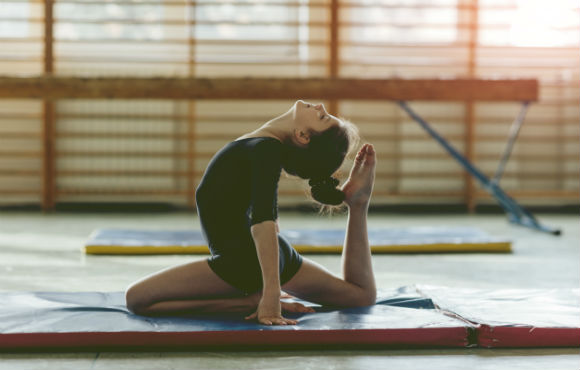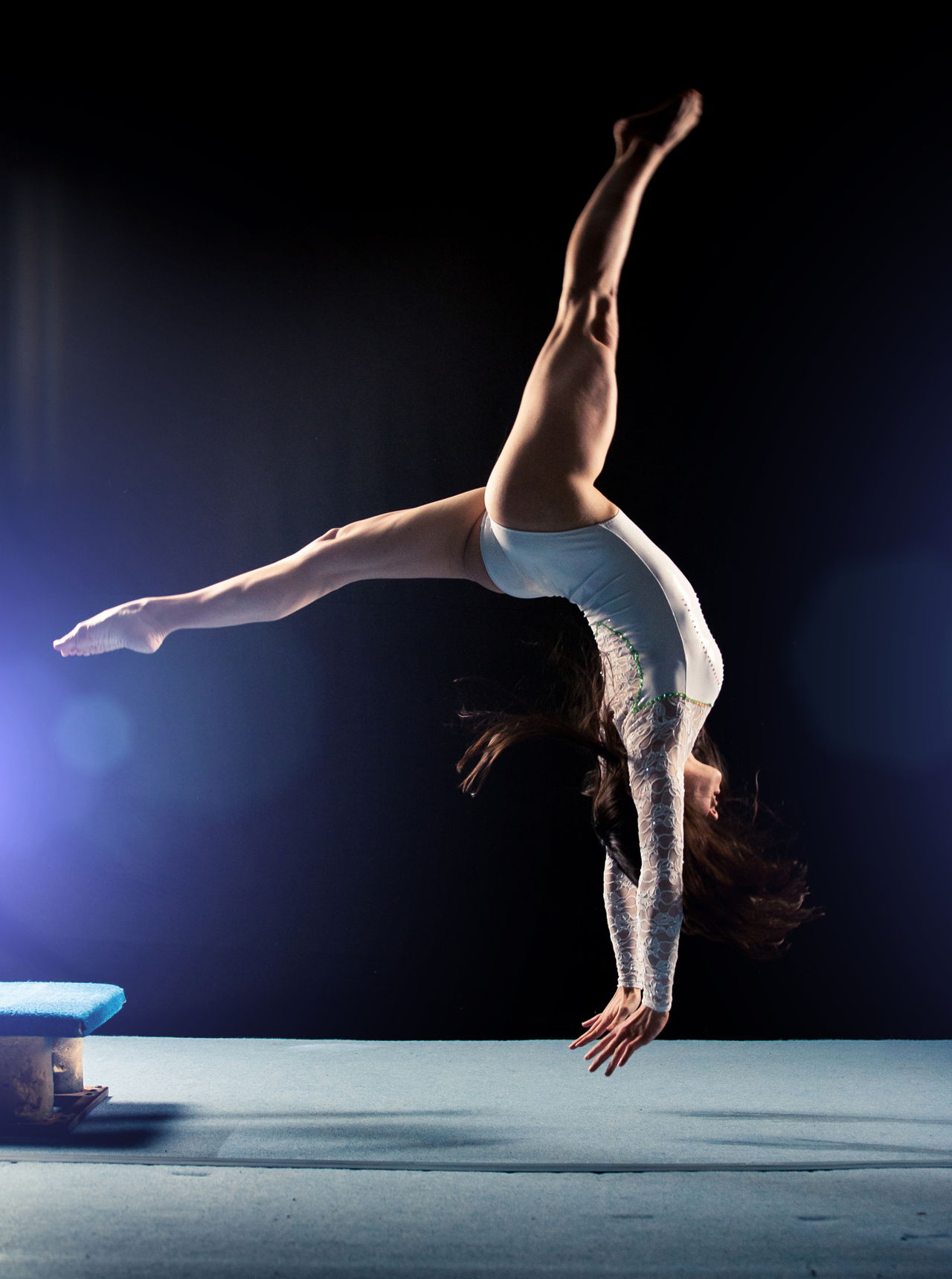
This may be obvious, but I’ll say it anyway. This tucked chin position protects your neck from undue pressure and strain.Īs you progress to more advanced tumbling movements, such as aerials and back and front flips, head position can determine whether you complete the move or fall on your face! Be Mindful of Your Space While Performing Tumbling Moves It’s crucial both for safety and for proper performance of the movement.įor example, your head position for rolling should be with your chin tucked in tight to your chest as you go upside down into and coming out of the roll. When working through basic tumbling such as rolls and cartwheels, it’s very important to know where your head is in space and in relation to your body. Pay Attention to Where Your Head is During Training Take your time, work though the skill with good technique, and you’ll progress much faster. Go too fast and try to just barrel through it, and you may get injured and further reinforce that fear. Work through each step deliberately and with good control and you’ll diminish your fear. The trick to getting past this anxiety is to take things slow, and break the new movements into manageable steps. Probably the most common issue is the very normal anxiety and fear when learning a new skill.Īnd it can certainly be magnified when you have to assume positions that resemble falling! If you aren’t used to having your head at certain angles, along with the added pressure on the head the skills may generate, you and your body can interpret it as a dangerous thing. Take it Slow While Learning Tumbling Techniques Plus, the movements I’ll show you in the next section should allay your fears–I specifically chose variations that are approachable and not scary in the least.īut here are some tips to keep in mind before we get into the movements. And being upside down can be totally disconcerting if you’re new to it.ĭon’t worry, there are some simple ways to get past those fears. People think they’re going to hurt their neck or back doing rolls, or that they’ll fall when doing various turns and flips.

“But, tumbling looks really scary!” (Here are some fear-reducing tumbling tips for beginners)Įven the most basic tumbling skills can look really scary if you haven’t practiced them before. The basic tumbling movements we’ll cover in this article will be a good start to better movement. Poor body control means you’ll have a harder time learning the skills you want, or using your body in the way you need to. (We talk about this in more detail in this related article).

If you’re anything like most adults, your body awareness and control are severely lacking–simply because it’s not something most people train specifically. When you practice even the most basic tumbling movements, you’ll improve your body awareness and control much more quickly than you might think.


There’s a good chance you have no aspirations to start practicing high level gymnastic moves (if you do, that’s awesome!), but any form of tumbling–from the most basic cartwheel to the most advanced 720º turn–involves some serious body awareness and control, especially when the emphasis is on “making it pretty.” If you’re more comfortable engaging in different ways, you’ll be better able to absorb unwanted impacts if and when they happen. That need to engage our bodies with our surroundings doesn’t go away just because we hit adulthood.Īfter all, you engage with your surroundings every day, whether or not you try.
#Tumbling moves how to
When was the last time you did a somersault? For most adults, the answer is, “sometime around first grade.”īut part of why we even played with those movements at all during childhood is because we were learning how to control our bodies, and how to move them in the most creative and effective ways. Why Learning How to Tumble is Important for Everyone
#Tumbling moves free
In addition to working on the exercises in this article, our free Strength and Mobility Kickstart will help you get comfortable with moving around on the floor, allowing you to build better strength, mobility, and body control.


 0 kommentar(er)
0 kommentar(er)
